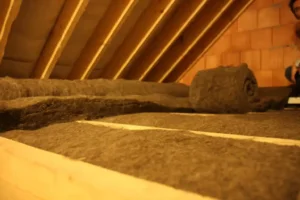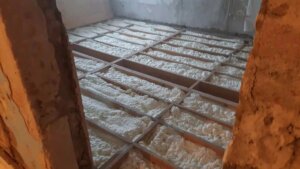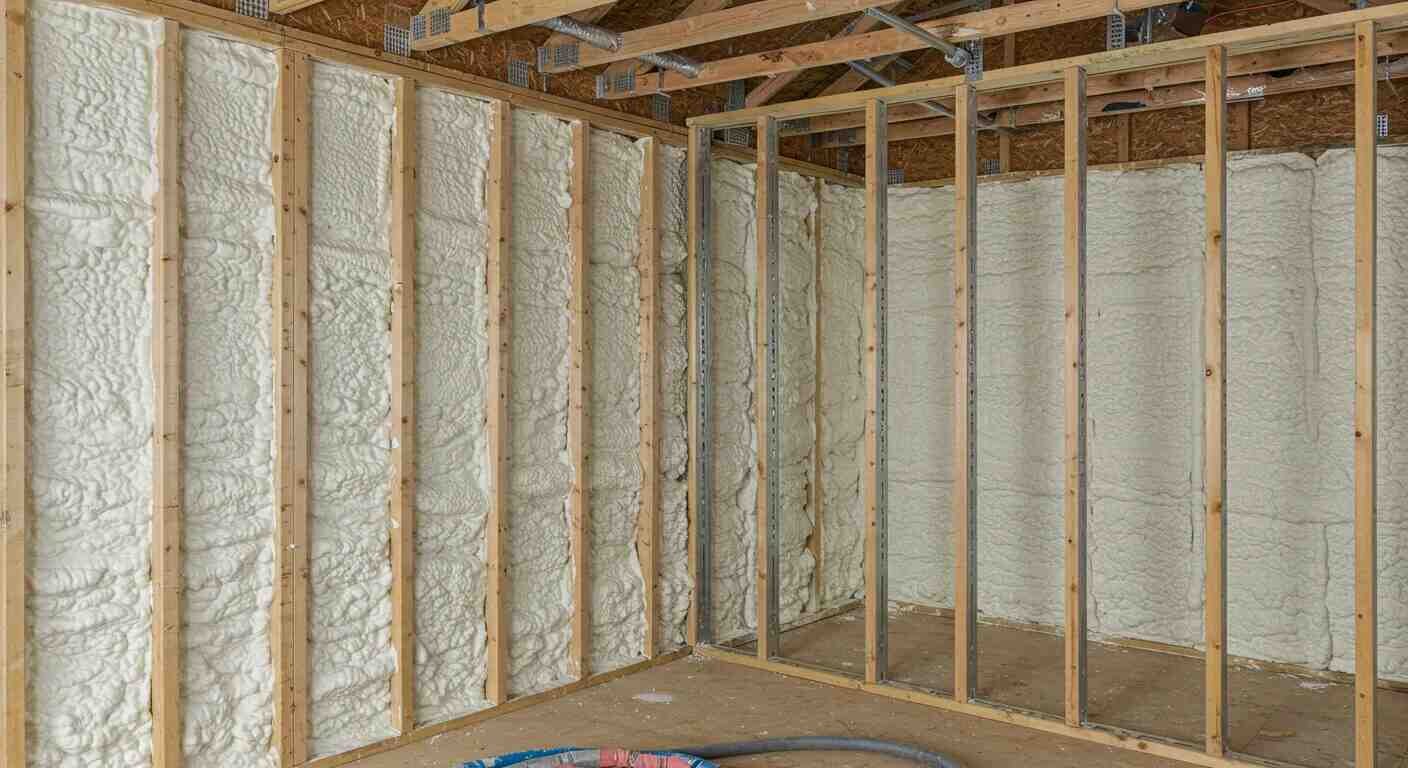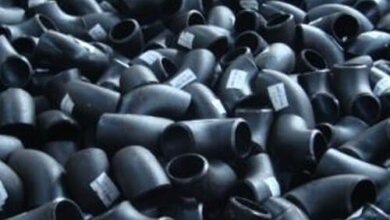
Floor insulation is often overlooked during new home construction, yet it plays a significant role in overall energy efficiency, comfort, and building performance. For both residential and commercial properties, installing proper floor insulation from the start prevents costly retrofits, improves indoor comfort, and delivers long-term savings. Professional floor insulation services ensure that the right materials and techniques are used, helping builders make insulation a standard feature in all new homes.
1. Reduces Heat Loss Through Floors
Floors without insulation allow significant heat loss, particularly in homes with crawl spaces or suspended floors. Heat naturally moves to cooler areas, and in winter, that often means warm air escaping into the ground or unheated spaces.
Energy Efficiency Impact
A well-insulated floor prevents this heat transfer, keeping rooms warmer without extra heating. Builders can achieve better energy ratings for new homes when floor insulation is included.
Consistent Comfort Levels
Residents notice fewer cold spots, especially near ground-level floors, which creates a more comfortable living environment year-round.
2. Improves Indoor Comfort in All Seasons
Floor insulation helps maintain stable indoor temperatures regardless of outdoor conditions. This comfort benefit is especially noticeable in rooms built above unheated garages or basements.
Warm Floors in Winter
Insulated floors reduce the chill from unheated spaces below, making walking barefoot in winter far more comfortable.
Cooler Interiors in Summer
By limiting heat flow from the ground, insulation also helps keep floors from feeling overly warm during hot months.
3. Lowers Energy Bills
Installing floor insulation at the construction stage creates an immediate and lasting reduction in energy demand.
Reduced Heating and Cooling Loads
When less energy escapes through floors, HVAC systems work less to maintain set temperatures, reducing operating time and energy consumption.
Table: Heating Energy Loss Before vs. After Floor Insulation
| Condition | Heat Loss Through Floors | Potential Energy Savings |
|---|---|---|
| No Floor Insulation | 10–15% | — |
| Proper Floor Insulation | 3–5% | 7–12% |
4. Enhances Acoustic Performance
Floor insulation not only manages temperature but also reduces noise transmission between floors and rooms.
Noise Reduction Between Levels
Insulated floors block airborne sounds such as voices and impact noises like footsteps, making multi-story homes quieter.
Privacy in Residential and Commercial Settings
In apartment buildings, duplexes, and mixed-use developments, floor insulation improves privacy and reduces noise complaints.
5. Protects Against Moisture Problems
Moisture from the ground can move upward into living spaces if floors are not insulated and sealed properly.
Preventing Dampness
Insulation combined with vapor barriers blocks moisture movement, protecting flooring materials and indoor air quality.
Structural Preservation
By keeping subfloor materials dry, insulation extends the life of joists, beams, and floor coverings.
6. Supports Sustainable Building Practices
Including floor insulation aligns with energy efficiency standards and green building certifications.
Reduced Carbon Emissions
Lower energy consumption from better insulation directly decreases greenhouse gas output over the home’s lifespan.
Sustainable Material Choices
Builders can select eco-friendly insulation products like recycled wool, cellulose, or rigid foam boards with low environmental impact.
7. Avoids Costly Retrofits
Installing floor insulation during construction is significantly easier and more cost-effective than adding it later.
Construction Stage Advantage
When access to floor cavities is open, insulation can be installed quickly without disrupting finished spaces.
Long-Term Financial Savings
Avoiding post-build retrofits means homeowners save on labor, materials, and the inconvenience of later construction.
8. Increases Property Value and Market Appeal
Homes with full-floor insulation often achieve higher energy ratings and attract buyers looking for efficient, comfortable living spaces.
Better Energy Performance Certificates
Higher ratings can translate into higher sale prices and stronger buyer interest.
Marketing Advantage for Builders
Including floor insulation in specifications positions properties as higher quality, durable, and more comfortable.
Conclusion
Floor insulation delivers tangible benefits that extend far beyond initial construction. It prevents heat loss, improves indoor comfort in every season, reduces energy bills, controls noise, and guards against moisture-related issues. Builders who incorporate floor insulation from the start offer a more energy-efficient, sustainable, and desirable product to the market. This proactive choice supports long-term homeowner satisfaction and strengthens property value over time.
Learn more about at: https://www.makeoverinsulation.com/?utm_source=backlink
FAQs
How much heat is typically lost through uninsulated floors?
Uninsulated floors can account for 10–15% of a building’s heat loss, especially in homes with raised or suspended floors.
Can floor insulation help with soundproofing?
Yes. Quality floor insulation reduces both airborne and impact noise between floors, improving comfort and privacy.
Is underfloor insulation useful in warm climates?
Yes. It helps keep floors cooler by blocking heat from the ground or unconditioned spaces below.
Does floor insulation help prevent moisture issues?
Proper insulation with vapor barriers reduces the risk of condensation, mold, and structural damage.
What types of floor insulation are most effective?
Rigid foam boards, mineral wool, and spray foam are popular choices for their thermal performance and moisture resistance.
Reviewer: Ava Clark shared her input based on 6 years of working with spray foam insulation teams. Her focus on customer trust and communication helped shape key parts of this post.







